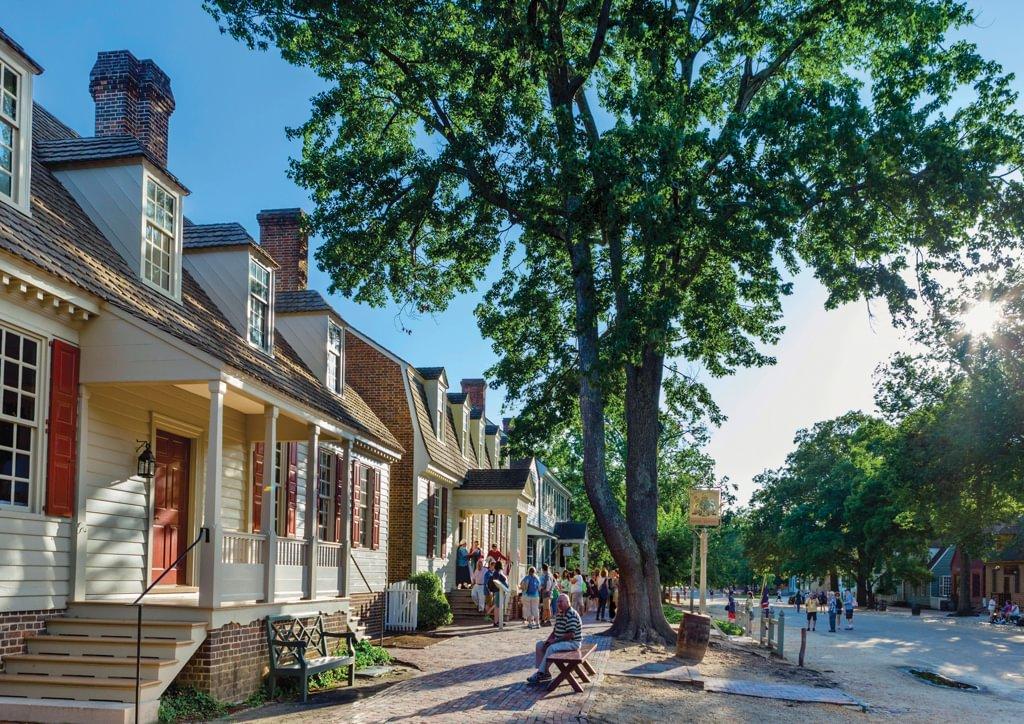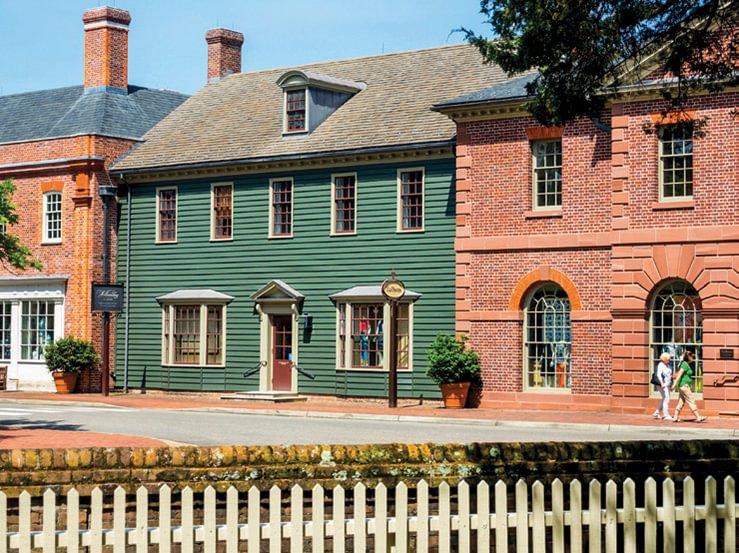

Winter held Colonial Williamsburg in an iron grip. It had flayed the leaves from the old Compton Oak on Nicholas Street, and chilled the visitors strolling its streets, their collars turned up against the icy wind. Still, the sky was milky blue over the world’s largest living history museum - a neat matrix of buildings that whisks visitors back to the second half of the 18th century, when the air was thick with revolution.
I was striding along Duke of Gloucester Street, the site’s main artery, to meet Trish Thomas of Williamsburg Walking Tours in front of Bruton Parish Church. That prim, red-brick structure with a whitewashed bell tower loomed over us as we chatted.
“This church is 309 years old,” saidTrish, who has spent some 30 years guiding history tours in south-east Virginia. “If you hear the church bell ring, it’s the same one that Washington, Jefferson, Rochambeau and Lafayette all heard when they were in town.”
Williamsburg was the capital of the Virginia Colony from 1699 until 1779 - and its bones still creak with history. The first permanent colonial English settlement in the Americas was established in Jamestown, less than 10km away, in 1607 - but a series of devastating fires drove colonial leaders to look for a new seat of government. Williamsburg, then known as




